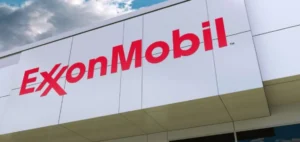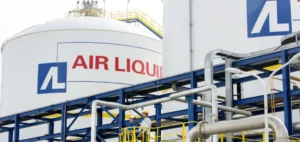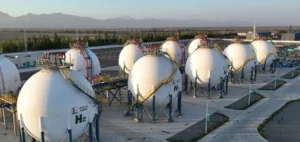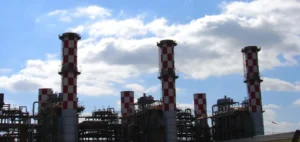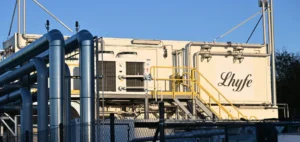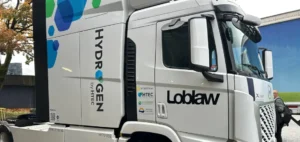Thyssenkrupp plans to create local production capacity in the United States with Italy’s De Nora. Both companies have seen a significant increase in customer interest as a result of the Inflation Reduction Act (IRA). The company is exploring how the IRA could help subsidize investments in production capacity, research facilities and pilot projects in the U.S. market.
Thyssenkrupp Nucera considers local production in the United States
Thyssenkrupp Nucera, a joint venture between Thyssenkrupp and De Nora, is considering the creation of a local production capacity with De Nora in the United States. This initiative follows a significant increase in U.S. customer interest in green hydrogen. This increase is due to the Inflation Reduction Act (IRA), which provides incentives for clean energy initiatives. Thyssenkrupp Nucera held talks on several potential green hydrogen projects “with very concrete timelines” during a trip to the U.S. last week, CEO Werner Ponikwar said in an interview.
Green hydrogen, produced from renewable energy, is considered essential to decarbonize industry and meet climate goals. However, governments around the world need to simplify the rules for hydrogen supply to attract investment and develop this energy. They must also make this energy competitive enough to replace the use of fossil fuels in heavy industry.
Working in close collaboration
Thyssenkrupp Nucera, which designs the electrolyzers needed to produce green hydrogen, is working closely with De Nora, which already has a production site in the United States. Governments around the world need to simplify the rules for hydrogen supply to attract investment and develop it to become competitive enough to replace fossil fuel use in heavy industry.





